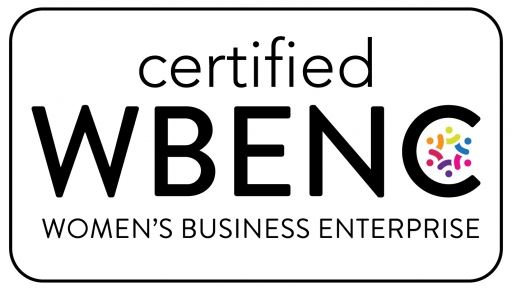Market Research is evolving. Big Data. Cognitive Science. Behavioral Economics. Anthropologic Ethnography. Democratized, do-it-yourself Google Surveys.
It’s easy to get lost in all of the possibilities for how we collect insights that lead to great ideas. And, we tend to see organizations make methodology choices based on all sorts of criteria — cost, speed, depth, representativity, validation results…
But, when we ask the question “How do (successful) entrepreneurs approach collecting insight?,” we’ve found a simple, but profound truth: They take a smart and scrappy approach. We believe established organizations can learn and apply this approach as they look for insights that feed innovation. To that end, here are 5 ideas for how you can take a smart and scrappy approach to discovering insights.
1. Go broad. The smart and scrappy approach to finding insight collects learning and data from a broad set of inputs. A traditional approach often leverages a focused, deep dive of one or two sources of input. For example, a significant, longitudinal ethnographic study across multiple segments of consumers; or a thorough switching analysis across a set of categories. While these approaches can certainly yield insight, they often miss other insights that a broader approach can illuminate. Successful entrepreneurs observe, talk to friends, neighbors and strangers, read articles and books, interview thought leaders and practitioners, revisit past research, explore syndicated studies available online and scan trends. In combination with the ideas below, this broad approach allows entrepreneurs to smartly and quickly see insights and opportunities.
2. Don’t over-learn. When looking for insights to feed innovation, it’s helpful to have some focus. Focus helps guide learning and, perhaps more importantly, allows us to filter and be choiceful about what questions we ask and how much we dig into various data sources. Frankly, we’ve seen far too often, teams getting “lost” in mountains of data, qualitative consumer verbatims and hours of focus group transcripts. While we’re big proponents of asking questions and being open to learning, there is a point where learning gets in the way of seeing the simple insights that are often found much more easily.
3. Use what’s available. Smart entrepreneurs look for learning that’s available before they commission expensive and time consuming research projects. While not every piece of input or data needed might be publicly available, or buried in a focus group summary or a past research report, you might be surprised by how much you can glean from learning that already exists and that someone else has done. Start with some creative google searches, interviewing colleagues (within and outside your organization) to ask them for ideas on where you might find data or learning, check social media channels (twitter, facebook, LinkedIn) for posts or articles related to the focus area you’re exploring.
4. Be “always on.” The most prolific innovators we know are constantly in learning mode. While this might seem to contradict the point above about “over-learning,” it’s not meant to be a contradiction. Being “always on” allows entrepreneurs to source learning in unexpected places. This learning can often apply to a current project or focus area, or can simply be fodder for future ideas. Smart and scrappy entrepreneurs learn when they’re shopping for themselves or their family, visiting a child’s classroom for a teacher conference, interacting with a service provider, observing workflow or traffic patterns on the road, or at the gym or at church…wherever they are, their eyes and ears are open. Hint: carrying a small notepad allows you to capture reminder thoughts throughout the day that can serve as input for insights or opportunity identification.
5. Integrate. Connecting all of the input and weaving it into insight is the critical component of any smart and scrappy approach to research. Because this method of learning collects lots of input from a wide variety of sources, it requires real effort and commitment to integration. While some opportunities and insights emerge easily, others are the result of combining a trend with an observation and a data point; or an article on new business models with a look at a new technology. Smart entrepreneurs literally force connections and combinations and then look for patterns and ideas. For example, the combination of the 3D ultrasound technology and the business model for in-home demonstrations parties (like Pampered Chef) and the existing tradition of baby showers combine to create in-home ultrasound parties. A trend in the increase in freelance workers with under-utilized office space and the need for community among freelancers has given rise to co-working spaces (like this one in Cincinnati) all over the world.
To be clear, there are plenty of business questions that require a more in-depth approach or larger base sizes, but we’re finding that smart and scrappy can lead to countless insights that feed nicely into idea building.
Photo via Flickr creative commons: Steve Woodmore
The Garage Group brings entrepreneurial approaches to discovering insights and building big ideas.



